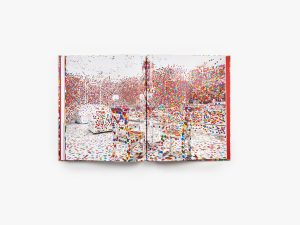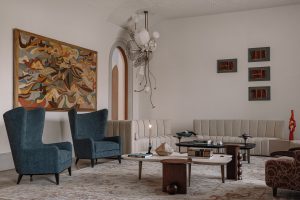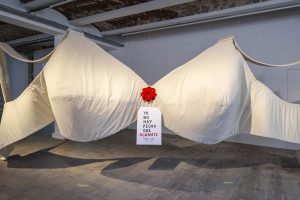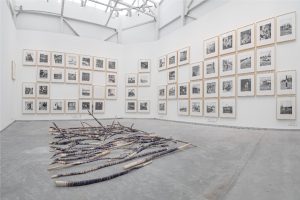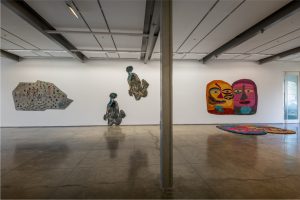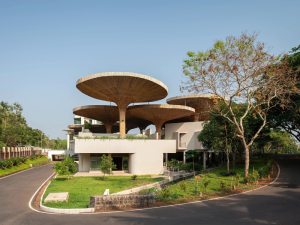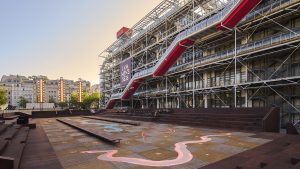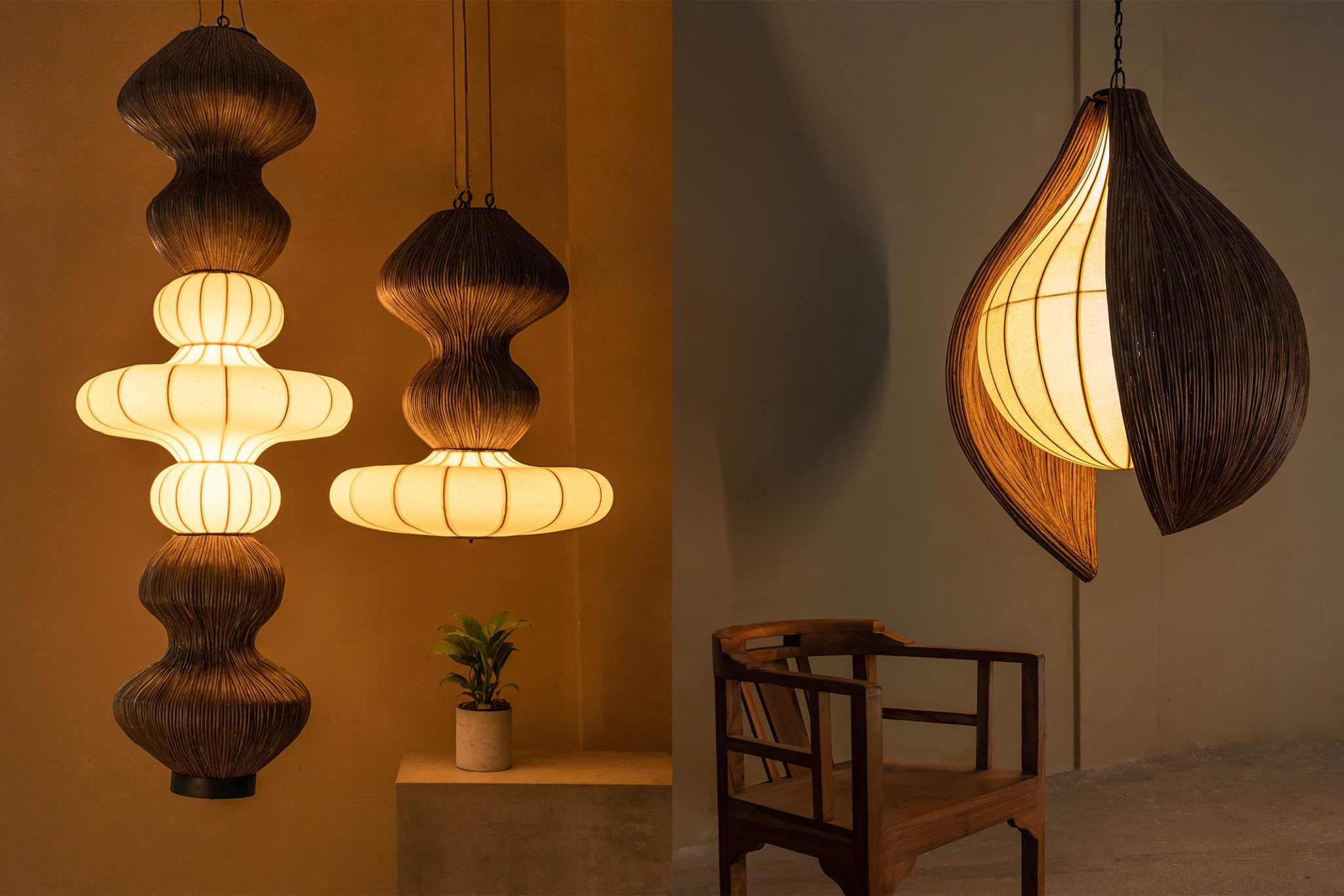Must-See Moments At The London Design Biennale 2025
From ruminations on memory in the digital age to cultural currency, here’s a rundown of standout moments from the London Design Biennale 2025
- 4 Jul '25
- 6:00 pm by SHIVANI VINOD KUMAR
Earlier this year, the London Design Biennale returned to Somerset House for its fifth edition, remaining on view till 29 June. Curated by 34-year-old multidisciplinary designer and founder of SR_A SR_A, Dr. Samuel Ross MBE, this year’s theme, ‘Surface Reflections,’ invites visitors to consider what lies beneath the surface of objects to uncover the forces that shape them. Visitors embark on an immersive exploration of ideas that aim to challenge the homogenization of design, with more than 30 participating countries, cities, and organisations offering hyper-local perspectives in response to the theme. Guided by Ross’s vision, the Biennale positions design as an ‘equaliser,’ with an array of installations and programs that give voice to a multiplicity of stories, each rooted in unique cultures and expressed through design. Here’s our roundup of this year’s standout moments!
Read More: 5 Genre-Defying Installations By Women Artists At Art Basel Unlimited 2025
Oman’s Take on Vessels of Memory

Oman makes a powerful first impression at the London Design Biennale with its debut installation, Memory Grid, and takes home the Best Design Medal for it. Conceptualised by architect and designer Haitham Al-Busaifi in collaboration with the Zawraq Group, the installation reimagines a familiar Omani symbol: the ceramic pot.
Set against a vivid technicolour backdrop, rows of backlit plastic vessels nod to ancient forms of storage—once used for food and water—now juxtaposed with the stark visual language of digital cloud centres. The result is both nostalgic and provocative, prompting visitors to consider what we preserve, why we preserve it, and how cultural shifting values shape memory. With Memory Grid, Oman elegantly bridges past and present, tradition and technology, offering a sharp meditation on the forms and functions of memory in a rapidly changing world.
Weaving the Wealth of the Global South
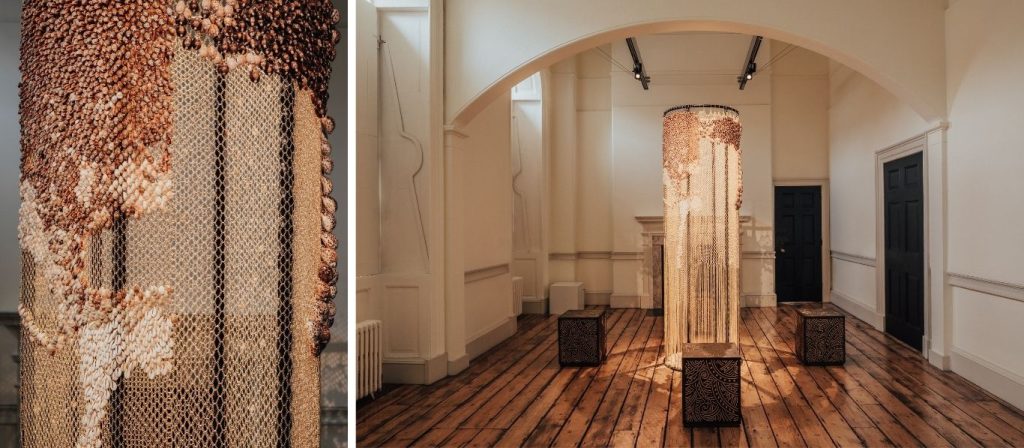
Upending the convention of country-wise pavilions and embracing a collective identity is the Global South Pavilion, designed almost as a call to reclaim dominant narratives. Named ‘Wura’, literally translating to ‘precious’ in Yoruba the pavilion centres on a suspended installation of gold chains interwoven with cowrie shells—once a currency across Africa, Asia and the Americas. Suspended delicately yet powerfully, Danielle Akakija’s installation draws you in with its quiet intensity. The British-born Fijian designer of Nigerian descent spent over 700 hours weaving gold chains and cowrie shells—materials chosen with intent.
Referencing the wealth and economic histories of the Global South, the work offers a counter-narrative: one that honours indigenous economies and challenges extractive histories. Each element glints with symbolism, turning the space into a meditation on value, legacy, and design as cultural memory.
Design Beyond the Tangible
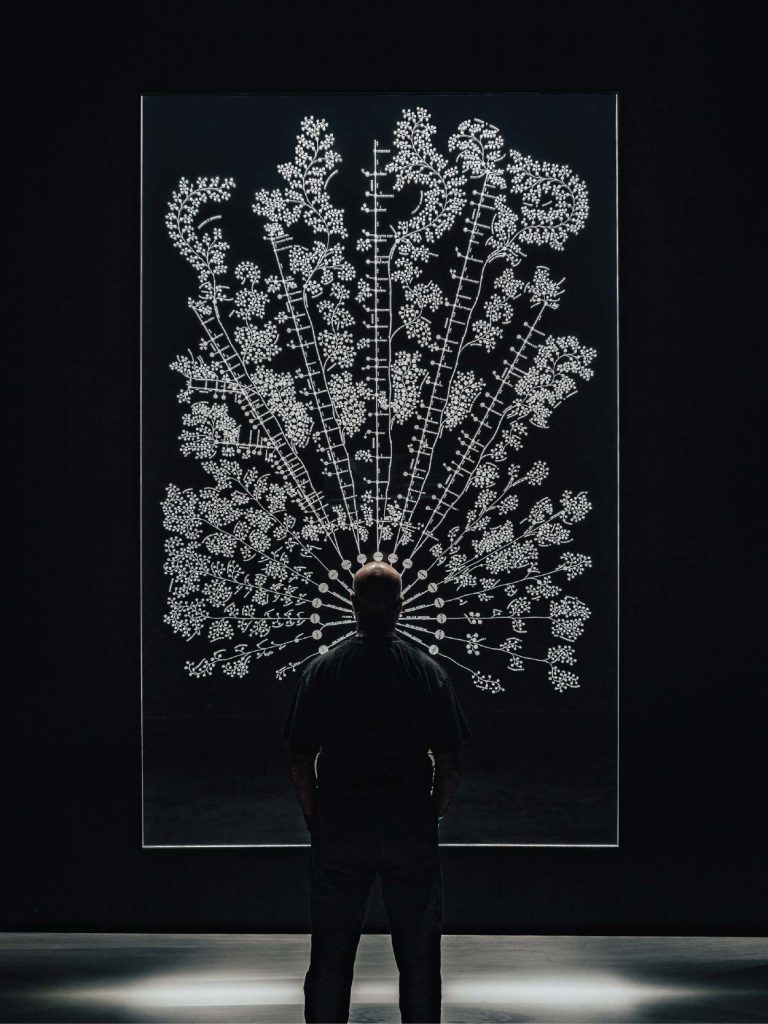
Tucked within the Embankment Galleries at Somerset House, a striking reimagining of what design can signify quietly commands attention. In Roots of Trust, British author and experiential designer Rachel Botsman reinterprets the first known organisational chart—created in 1855 for the New York and Erie Railroad Company—through an unexpectedly poetic lens.
Rather than the usual rigid, top-down format, Botsman’s work unfolds like a botanical diagram suspended mid-air. Etched onto a floating panel, its flowing, organic lines draw inspiration from nature, casting leaders as roots that ground the system, while the network of frontline workers extends outward, branch-like. The visual metaphor not only softens the traditionally hierarchical model but invites us to consider trust, collaboration, and shared growth as fundamental components of any structure.
In a world where systems often prioritise efficiency over empathy, this quiet yet powerful installation stands out, asking us to question not just how organisations look, but how they feel.
Read More: Belgian Pavilion At Venice Architecture Biennale – In Conversation With Bas Smets
From India, ‘Silent Subtext’
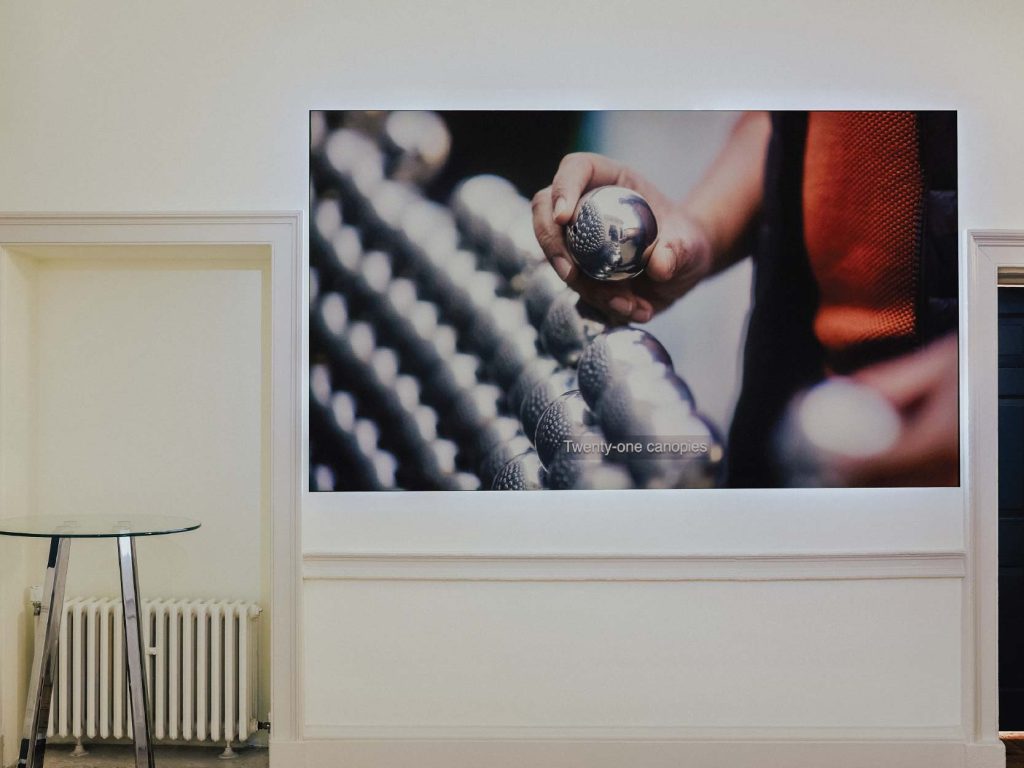
India presents a film screening called ‘Silent Subtext,’ a poetic exploration of the artistic works of Indian artist and designer Vibhor Sogani. Sogani is known for his iconic sculptural public art installations that use metal as a primary medium, most recognisably the ‘Sprouts’ sculpture at the AIIMS flyover in New Delhi. The film explores the artist’s body of work, following the theme of silence as the vital link that runs through his practice—his work emerging as an unspoken response to the world it inhabits. The screening of ‘Silent Subtext’ at the London Design Biennale is supported by the National Gallery of Modern Art (NGMA), the Ministry of Culture, Government of India and the Jaipur Literature Festival.





